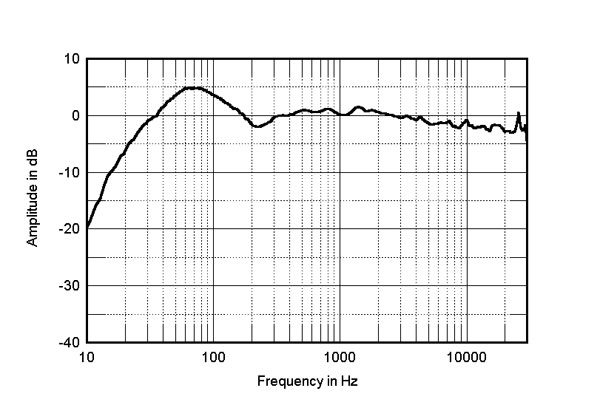@mitchco
1) My most sincere apologies for having a life and a job outside of audio forums.

2) Thank you for the free CTA-2034A link. I almost bought it from ANSI for a hundred bucks last month, so you've saved me money. As best I can tell, your position is based on logical flaw of seeing X then Y, and inferring Y then X from it. The 2034 standard describes acquisition and display of standard anechoic or quasi-anechoic measurements. That standard battery of measurements can be used to generally predict in-room response (X->Y). However, 2034 is silent as to the predictive power of measurements taken in an unclear and undisclosed way in some random room (Y->X).
Your "so the only conclusion one can draw is that not all anechoic measurement techniques are the same" statement flows from this reasoning error. "In room measurements are not a consistent way to evaluate speaker performance above the transition reason" is a better conclusion one can draw from your anecdote and other available information, such as the graph of the same Genelec monitor in different rooms in
Sound Reproduction, the Olive curve-drawing study Dr. Toole describes, and so on. Here, your invocation of Dr. Toole seems little different to me from Magnepan's video discussed in another thread.
3) I think it's reasonable to write Neumann products aren't "lauded" here. There is a simple reason for that: Neumann does not market to home users unlike Kii or Dutch&Dutch, and they don't have a "crossover hit" analogous to JBL M2 or 3-Series. Most of us don't work in studios and don't have much visibility into equipment used in them, so those speakers are not generally "lauded" here. I bet Sennheiser-branded versions of Neumann speakers with Airplay front ends would likely be highly lauded here and, depending on price point, commercially successful. Assuming their on/standby circuits work reliably!

4) Your Kii Three comments are really confusing. Are you stating that the standard (i.e. anechoic/quasi-anechoic) on-axis response of your sample Kii 3 was 5 dB hot in the treble, or that some in-
your-room measurement made with unclear and undisclosed spatial averaging was 5dB hot? The distinction matters.
Thankfully, I did not see any Sharpie scribbles on any graphs in a skim of your review.

However, I also did not see any useful universal anechoic or quasi-anechoic measurements, except for the polar map reproduced from AudioXpress. All I saw was in-
your-room measurements taken with unclear and undisclosed spatial averaging, that did even not show the claimed HF rise.
Here's are the findings on the Kii Three by reviewers who measured the speaker with universal, standard techniques and traditional disclosure of measurement practices have found:
Atkinson - slightly declining treble over a 30º horizontal average.
Single-point on axis, anechoic (Wilke) and quasi-anechoic (Colloms) show a slight on-axis treble rise:
https://www.audioxpress.com/files/attachment/2609
https://www.kiiaudio.com/media/GENERAL/docs/reviews/hificritickiithreeen.pdf
The tension is resolved by considering directivity. It seems to me that the 2034 drafters were wise to redefine DI as referenced off of the listening window response.
5) Compared to Neumann KH 80 DSP or JBL LSR705X, KEF LS50 has lower performance and is also less practical for home use (no grille). I've heard the standard ones multiple times (unfamiliar environments) and never ran from the room, but also never heard anything compelling enough to bring a pair in for more detailed evaluation.



